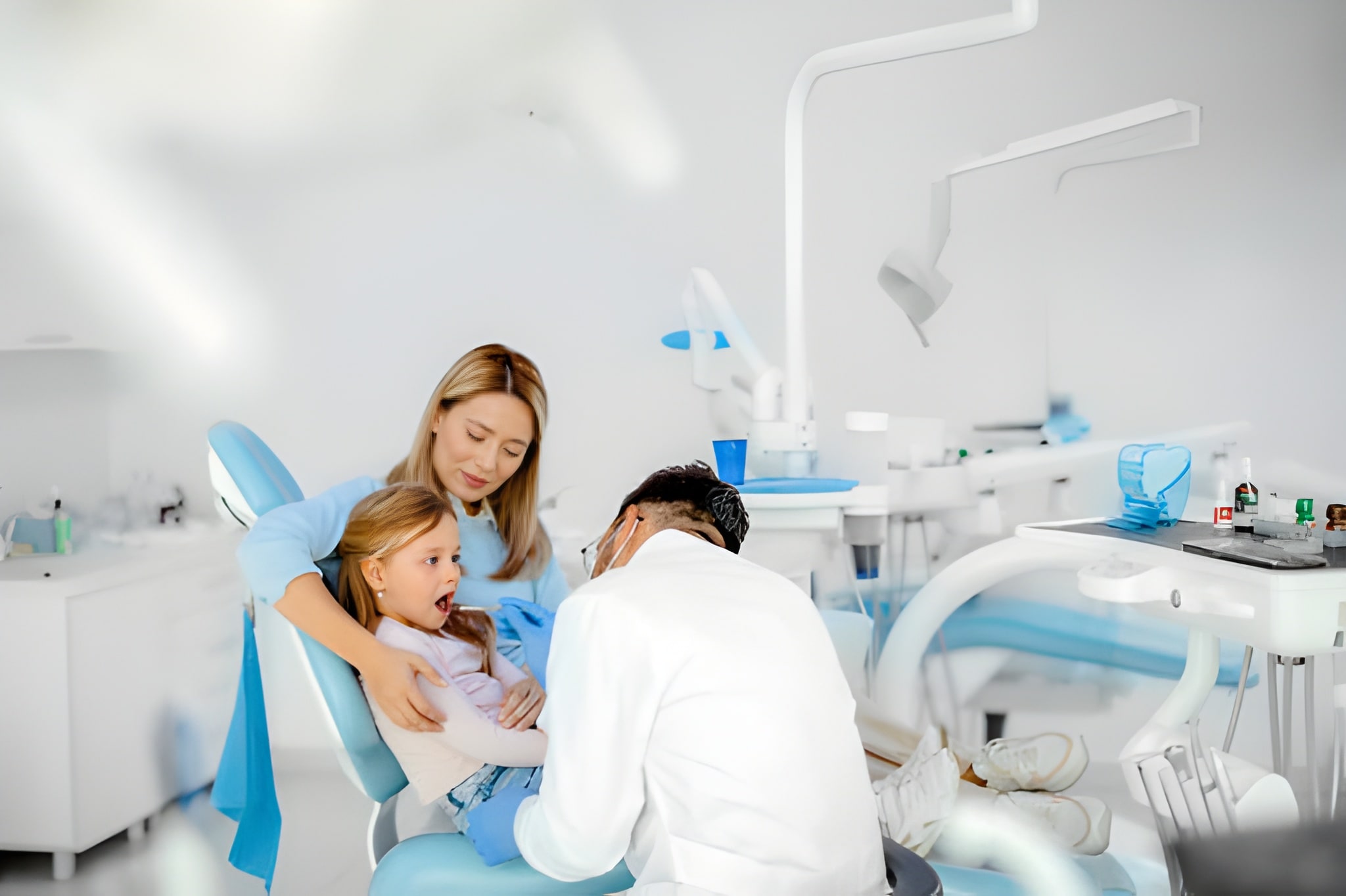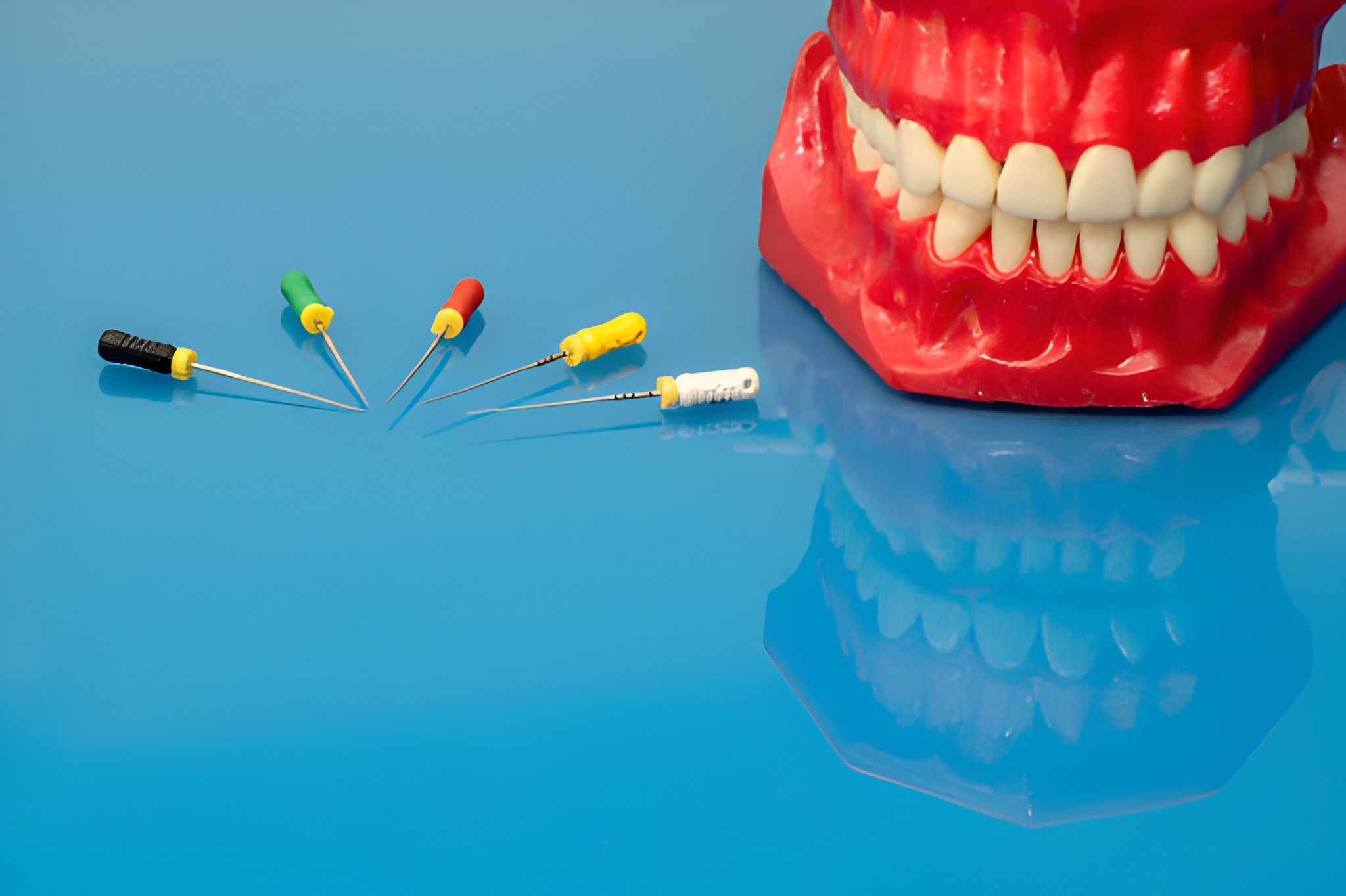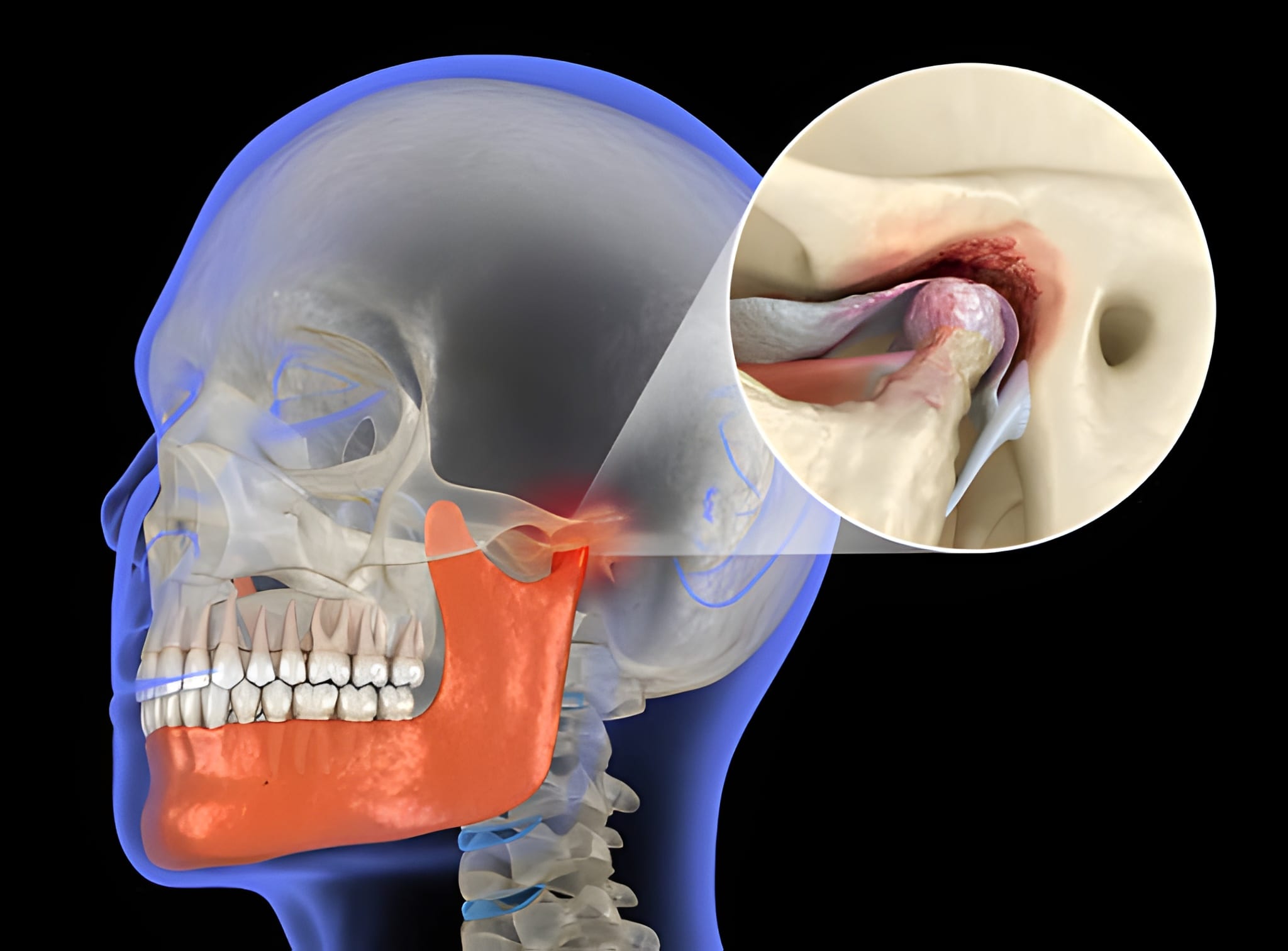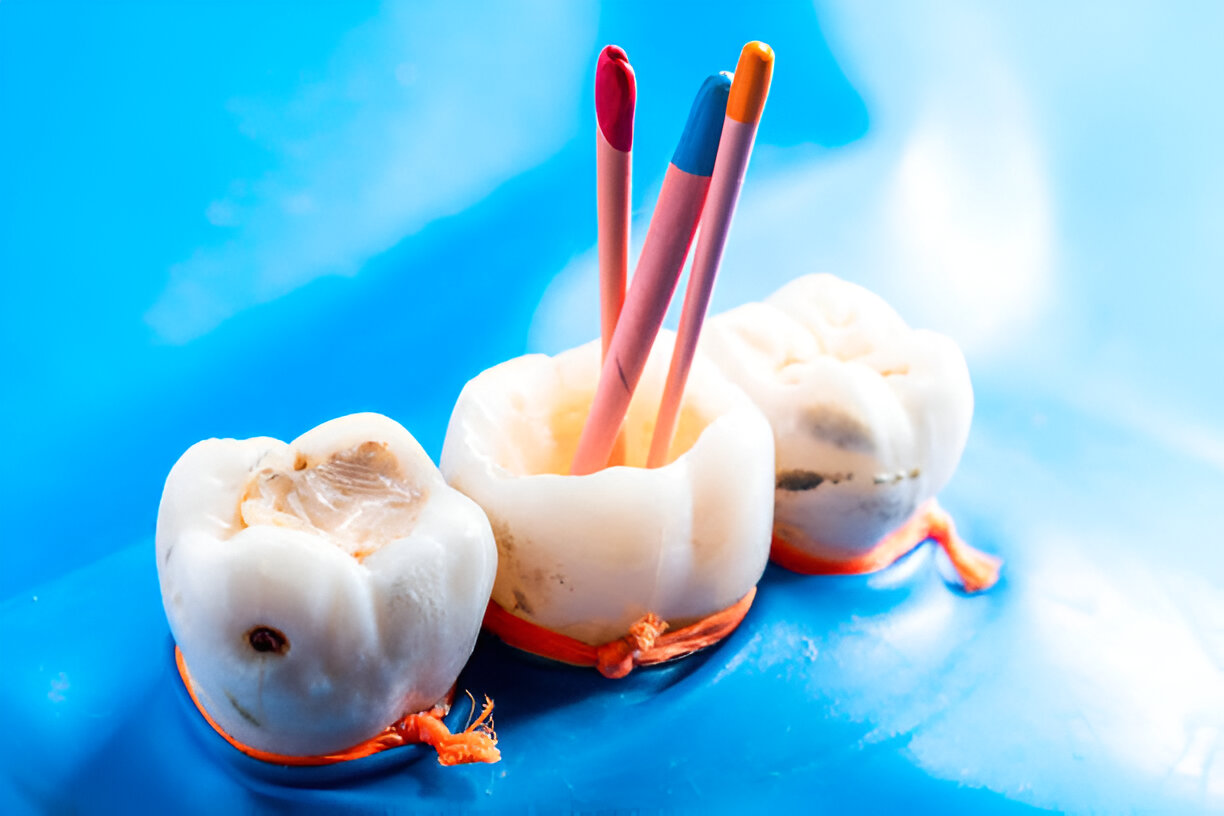Home Gingivitis Vs. Periodontitis – Difference Between Gum Infection?

Almost 47.2% of adults aged above 30 have some form of gum issue.
A gum infection can be harmful to the mouth. It not only deteriorates your oral health but also results in damage and inflammation in the jaw and gums.
In this blog, we take a closer look at:
In the following sections, we look at different teeth gum infections while understanding the treatment options. Let’s get started.
Gum infections are a result of poor dental hygiene that arises over time. It’s common among 70.1% of adults 65 years and older.
They exhibit periodontal pockets of 6 mm or above compared to adult populations in developed and developing countries. Overall, periodontal disease affects about 20-50% of the population around the globe.
While it might sound common, here’s what happens if you have gum disease:
Sadly, however, a majority of individuals continue to stay confused about their bad gums. Keeping the same in mind, we’ve explored different aspects of gum infection in the following sections.
Gum disease, particularly in its early stages, is not always noticeable, but you might experience various signs and sensations as it progresses. Studies suggest that severe periodontal disease is one of the most prevalent conditions in the world, and rates have kept increasing over the years.
Here’s an overview of some common symptoms of gums problem:
However, other factors could cause gum problems, too. Oral appliances may also pose a concern in some circumstances. For instance, dentures or bridges that do not fit properly might be troublesome, as can poor dental fillings.
Once you have an idea of your gum problem, it’s time to assess the severity of your gum disease.
Based on the severity of your infection, it can be broadly categorized into:
Here’s a comprehensive overview of the difference between gingivitis and periodontitis:
| Gingivitis | Periodontitis |
| A milder form of gum infection. | More severe and advanced stages of untreated gum disease |
| Gingivitis is characterized by inflammation and irritation of the gingival tissue. | It is characterized by the inflammation of the supporting bone and the formation of pockets between the teeth and gums. These pockets can become deeper as the disease progresses. |
Common Symptoms
|
Common Symptoms
|
| Gingivitis is reversible with proper oral hygiene and regular dental cleanings. | It is not reversible. |
Several factors increase the risk of severe periodontitis or gingivitis. These risk factors, modifiable and non-modifiable, contribute toward the clinical significance of periodontal diseases.
If you are a chain smoker, you are three times more likely to have severe periodontal disease than non-smokers. The negative effects of smoking cigarettes, cannabis, cigars, and pipes on the periodontal tissues are identical.
Nicotine and other factors have been proven in the breakdown of periodontal tissues indirectly or directly.
Lack of proper oral hygiene, among other oral hygiene measures, is directly linked with periodontal disease. It results in bacterial deposition and the build-up of dental plaque on teeth and gums, which can set the stage for inflammatory changes in periodontal tissue.
Poor oral hygiene directly relates to infected gums and teeth as it results in an increased accumulation of dental plaque. Left untreated, it results in high prevalence and increased severity of periodontal disease.
Consistent studies have shown that diabetes mellitus is one of the systemic risk factors for periodontal disease, which can play a major role in the initiation and aggravation of the disease.
Most medicines restrict the flow of saliva in the mouth and produce dryness of the mouth as they contain atropine, antihistamine, tricyclic antidepressants, and beta blockers. This increases the vulnerability to infections and periodontal disease.
It is clear from the evidence that stress reduces the flow of salivary secretions, which can enhance dental plaque formation. Stress is related to the immune system, and different immunological changes occur in response to stressful events.
Depressed individuals have been shown to possess a higher cortisol concentration in gingival crevicular fluid and respond poorly to periodontal treatment.
Hormonal changes experienced by women increase the risks of periodontal disease. They experience gingival inflammation in their ovulatory and menstrual phases due to high levels of progesterone, which blocks the repair of collagen fibers and causes the dilation of blood vessels.
If you have gingivitis symptoms, you should see a dentist urgently. The dentist would look for symptoms like bleeding, signs of infection such as redness and swelling, loose teeth, or any signs of gum recession.
If he suspects infection gums, he will conduct a dental X-ray, revealing if it has affected your jawbone underneath. These cases are usually dealt with by an expert with specialization and knowledge about treating gum diseases.
The primary aim of treating chronic gingivitis is to control the infection and restore healthy teeth and gums. Your dentist will thoroughly clean your infected gums and teeth and remove bacteria, plaque, or tartar. Other gingivitis treatment includes
Remember, it’s important to note that not everyone will experience all of these symptoms, and the severity of symptoms can vary. The early stage of gum disease may have subtle or even no symptoms.
Early intervention is key to preventing the progression of untreated gum disease and its potential complications.





